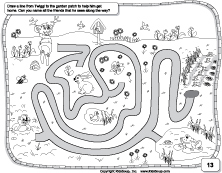The importance of instilling the concept of...

Before learning to write, it is important that preschool children practice tracing and drawing with a pencil to gain basic pencil-control skills. These preschool pre-writing activities lead to the ability to form letters and numbers. Let your child join Twiggi to practice prewritng, where he or she will progress from making straight, vertical lines to more challenging lines such as curved, zigzag, and diagonal. The Pre-Writing Practice Workbook (16 pages) provides your child with the opportunity to trace and draw in a fun and motivating format.
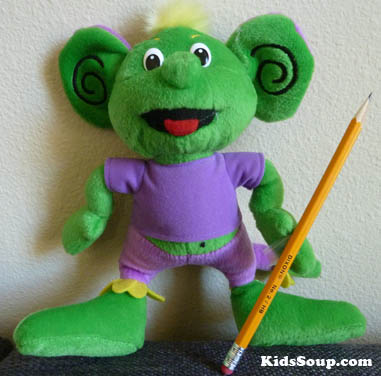
Proper pencil grip
The manner in which a child holds a pencil is called “pencil grasp or grip.” It is important that children learn to hold a pencil properly as many problems develop due to the incorrect manner in which they hold the pencil. The same finger positions apply to crayons, which is a great starting point for children to practice the correct pencil grip.
Have the child sit beside you with a piece of paper in front of you on the table. Place a couple of small rocks or beans on the table. Demonstrate how to use the thumb and forefinger to pick up a small bean or rock in a pincer motion. Have the child imitate your actions.
First, demonstrate how to put the pencil between your thumb and forefinger.

Then, grip the pencil with thumb and forefinger, letting the pencil rest on the middle finger.

Check the way your child is holding the pencil against the picture.

What you need:
A short pencil (A short, soft pencil is easier for small children to hold. If your child is not yet accustomed to using a pencil, a crayon is a good starting tool.)
What you do:
Make sure that your child doesn't have a tense grip while holding the pencil. The three fingers should gently grip the pencil. Take frequent breaks to help the child relax by shaking the hands, making drawings into the air, or rolling a piece of clay inside the hands.
Tension indicates weak fine-motor skills. Practice the fine motor skills by tweezing and picking up small items.
Tips:
Keep the writing lesson short — five to fifteen minutes is plenty of time for practice. Stretch the amount of pencil time by incorporating drawing and coloring.
Caution: Whenever a child uses a pencil for the first time, there should be supervision. Discuss with children the dangers of poking the eyes, mouth, themsleves, or someone else with a pencil. Children should be discouraged from putting the pencil in their mouth or chewing the end.
Give a lesson daily, or at least three times a week, with our fun pre-writing skill worksheets.
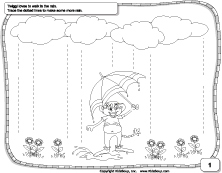 Preschool Activities: |
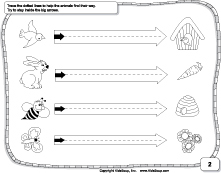 Preschool Activities: |
Diagonal lines
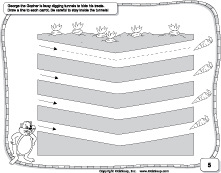 Preschool Activities: |
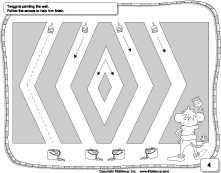 Preschool Activities: |
Curved lines
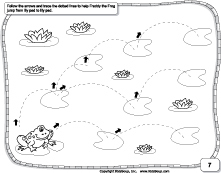 Preschool Activities: |
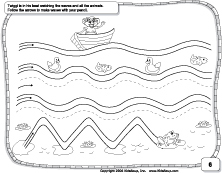 Preschool Activities: |
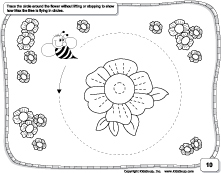 Preschool Activities: |
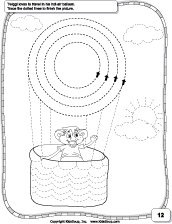 Preschool Activities: |
 Preschool Activities: |
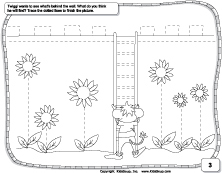 Preschool Activities: |
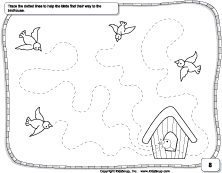 Preschool Activities: |
